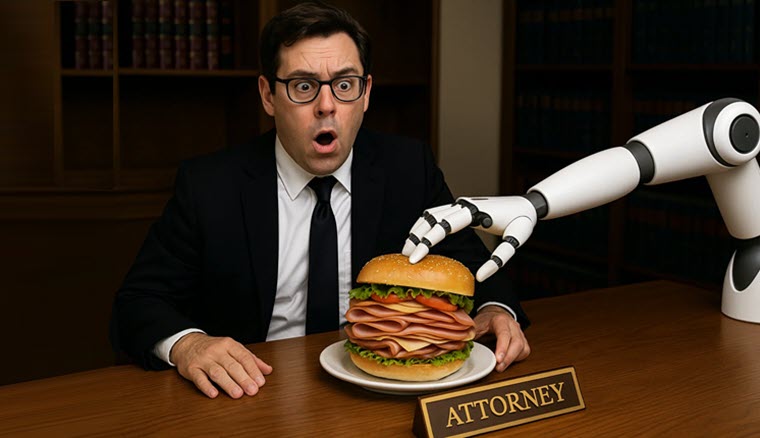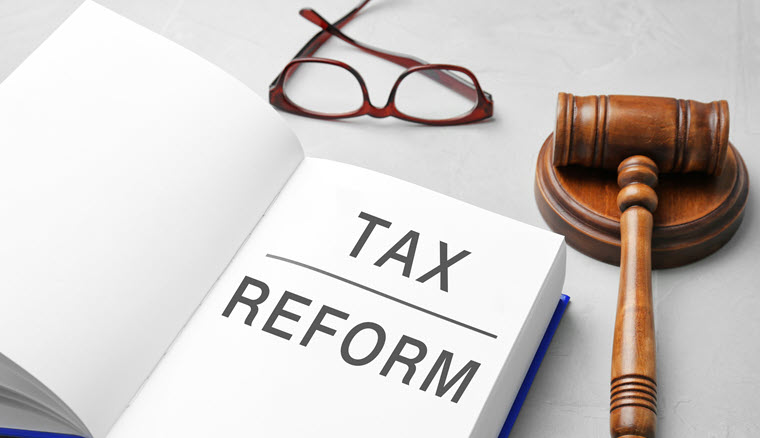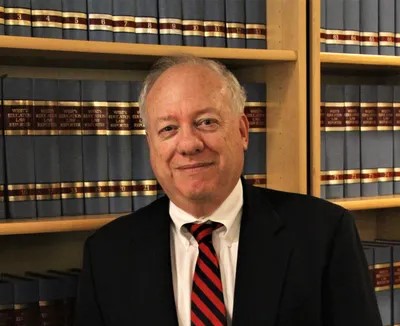Imagine, you’re an estate attorney having a meeting with client who’s been trying desperately to gain access to his late wife’s Gmail account. He knows her emails contain important documents, but he is not exactly sure what or where they are. Google has denied the request because it failed to meet their policy requirements as well as the Revised Uniform Fiduciary Access to Digital Access Act (RUFADAA). What next?
If this scenario sounds like both a significant headache and burden, you are correct. If you have a username and password, you’ve created an asset…it’s just that simple. Today, the average person has over 200 accounts such as Amazon, Apple, Google, banking, cloud storage, and utilities, that’s up from 150 just a few years ago. We’re doing far more online than we were 20 years ago when the internet was still a novelty. People are accumulating more assets while innovators are coming up with new asset types as NFTs, holographic bots and more. And, custodians are developing new account holder features and options for handling contents in the event of their death.
Several of the latest digital asset offerings play increasingly significant roles in estate planning and administration. These assets are being developed so quickly that designees responsible for reviewing accounts information and contents face a quickly changing world of new controlling authorities, policy changes and custodian offering for data handling directions. Some of these new features include Apple’s digital asset management, holographic bots, and Non-fungible Tokens (NFTs).
Apple’s Digital Legacy Benefits
Apple’s Digital Legacy feature gives users an opportunity to designate people who will be granted access to essential content upon a person’s passing. This prevents the complete loss of contents stored in iCloud, iPhoto, and iMovie for example. Until recently, Apple has regarded these items as a communication while others considered them property though they exist in digital form.
When using this feature, account holders should be aware that these tools necessitate regular updating as their decisions may complicate or block their estate from a complete administration. It’s very easy for account holder to forget to update designees and data distribution instructions. Additionally, the very act of assigning a designee may be considered a private communication and may not even release the designee’s name or contact information to the estate when needed.
Holographic Bots
Imagine having a conversation with your grandmother or favorite celebrity whom both passed away a long time ago. Let me introduce you to the latest technology delivered by innovators. Using holographic projections and A.I. software, future generations will have a chance to interact with deceased relatives or famous figures.
Currently, it’s legal for companies to profit posthumously using this technology without consent of the estate. This has been the case for figures such as Whitney Houston, Tupac, Amy Winehouse, and Anthony Bourdain. They each lacked documentation protecting against use of their likeness upon their passing and there are no laws that protect individuals against this technology. As a result, these individuals’ voices and images are currently fair use for what are known as “hologram tours.” Fortunately, we can preemptively decide what happens to our digital likeness. Robin Williams’ estate for example, drafted a provision preventing the use of his image following his death.
One can quickly see the application of technology to the lay person. It’s only a matter of time for business to start using these hologram images as models, spokespeople extras, educators, and much more.
What are the implications for the estate and legacy planning? Would you or your clients mind being projected after death?
Non-fungible tokens (NFTs)
NFTs are a new form of blockchain technology designed for consumers and commercial use. They can range from art to music to documents. One of the key benefits of blockchain technology is that they can validate a NFT’s authenticity, tracking it back to the original owner. This key trait is there to ensure value, the files are nearly impossible to reproduce. Consider it a layer of technological protection. This technology is commonly being used by businesses and organizations for maintaining transactions and an ownership record.
However, with recent releases by Boy George and Bruno Mars in the the NFT format, the popularity of NFTs is growing. Many may be considered an investment or collectible like a piece of art or a baseball card while others have strong sentimental attachment like emotes or sports moments. With a low barrier to access, almost anyone can be sellers and buyers of these collectible assets.
To illustrate the ease and demand of NFTs, Zoë Roth, more commonly known as “Disaster Girl,” had a photo taken by her father in 2005 outside of a planned house fire. The humor in her smirk lead to viral meme status. Though not a celebrity or artist, she recently, sold her likeness, earning her a profit of nearly a half a million dollars. She, like any of us, was able to capitalize on her image by converting it to an NFT.
NFTS are a significant opportunity for companies and organizations as well. Take Campbells Soup for example. The company has entered the NFT trend by creating a collection of authenticated art with proceeds going to charity.
The NBA is capitalizing as well. Teams and players are starting to sell digital tickets and images, marketing them as sports memorabilia. The Warriors were the first team to create a collection and the Toronto Raptors have recently done an auction as well. NFTs help connect players and fans while raising funds for charity.
This rise in this new form of digital transaction demonstrates that the everyday person can own NFTs that potentially increase in worth, adding to an asset’s portfolio value. These assets are similar to blockchain (i.e. cryptocurrency) requiring special attention for estate management. It can be nearly impossible for Representatives to get to the property without the whereabouts, identification, and proper account disposition instructions.
The Bottom Line
Technology is changing faster than the law (and the average American) can keep up with. We can’t solve a technology problem with words, we solve a technology problem with technology. This means it is essential to become comfortable with using technology to help manage accounts and designations to prevent scenarios like the above-referenced.
Resources
https://www.cnn.com/2021/07/29/opinions/whitney-houston-amy-winehouse-anthony-bourdain-and-ai-thomas/index.html
https://www.nytimes.com/2021/07/24/style/what-should-happen-to-our-data-when-we-die.html?campaign_id=9&emc=edit_nn_20210725&instance_id=36213&nl=the-morning®i_id=112170274&segment_id=64389&te=1&user_id=8e51ed3c3d72e503946a3af4b5754691
https://www.forbes.com/advisor/investing/nft-non-fungible-token/
https://www.nytimes.com/2021/04/29/arts/disaster-girl-meme-nft.html
https://www.campbellsoupcompany.com/newsroom/press-releases/campbells-commissions-first-official-nft-collection-by-artist-sophia-chang-to-celebrate-changes-to-its-iconic-soup-can-labels/
https://bleacherreport.com/articles/2941410-warriors-become-1st-team-to-release-nft-collection-will-benefit-gsws-charity
Meet the Author

Lee Poskanzer is the CEO of Directive Communication Systems (DCS), a technology company delivering digital assets property succession management solutions for stakeholders involved with an individual’s death. Lee is an established and respected authority on the digital afterlife having contributed to and appeared in several articles and features for leading press including TechCrunch, Wall Street Journal, CNBC.com, Wealthmanagement.com, and Trust and Estates Magazine. Mr. Poskanzer has also provided continuing education for the American Bar Association, ACTEC, state and local Bar Associations, NAEPC chapters, and other groups. DCS has been recognized with The National Law Journal’s Trailblazer Award for accomplishments in legal technology.




































































































